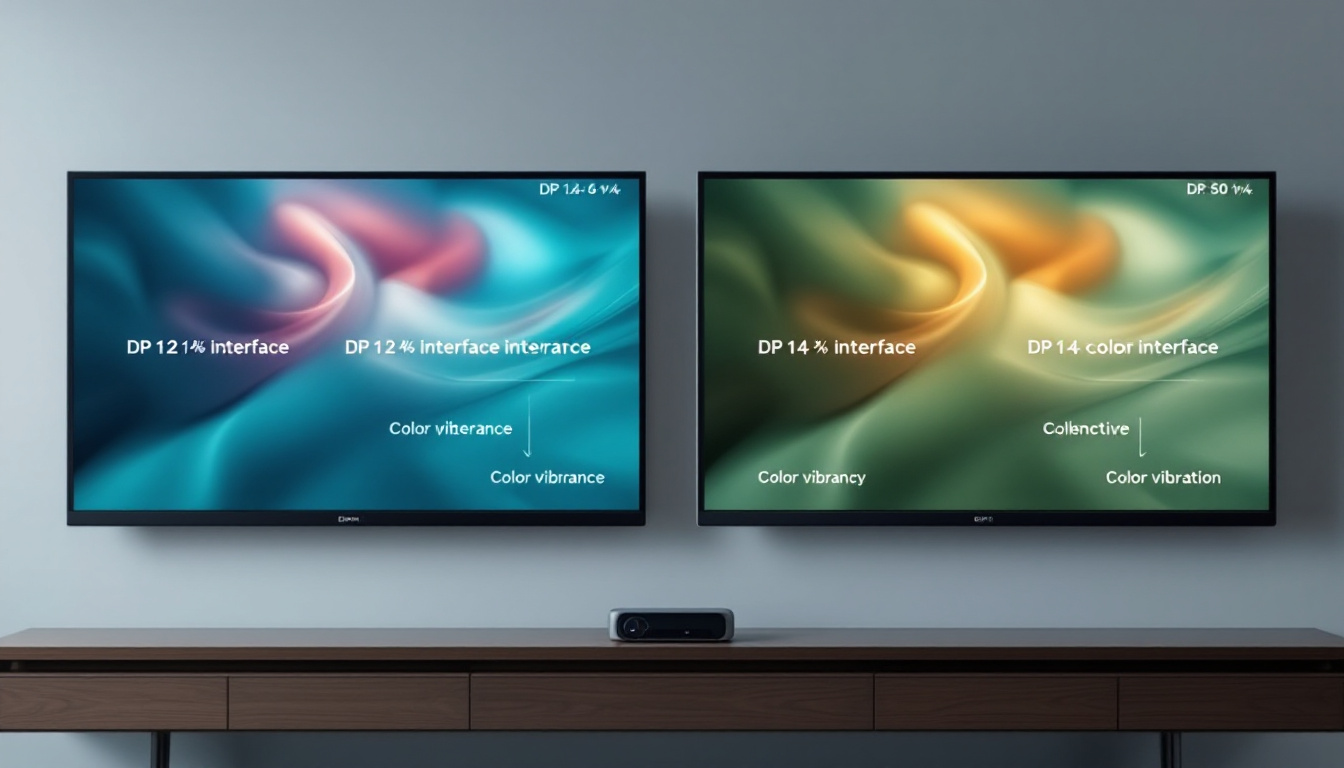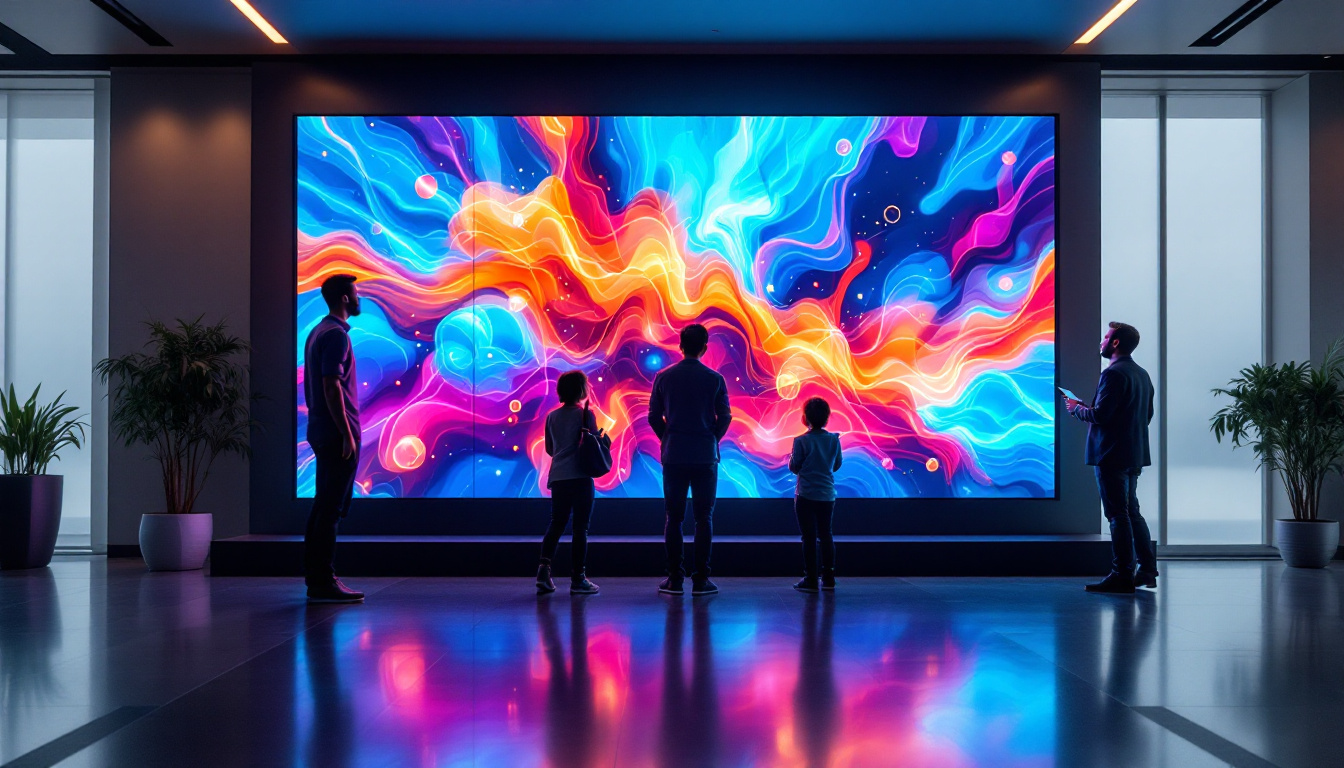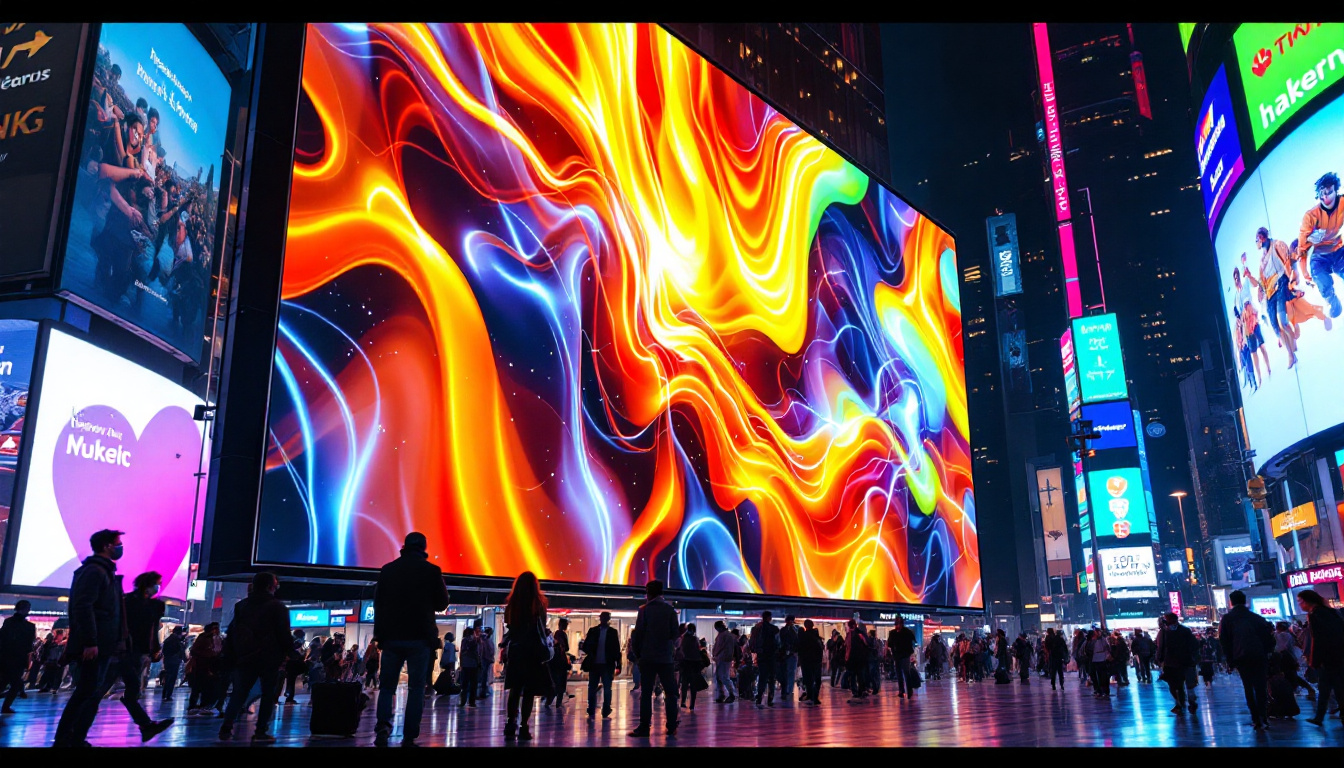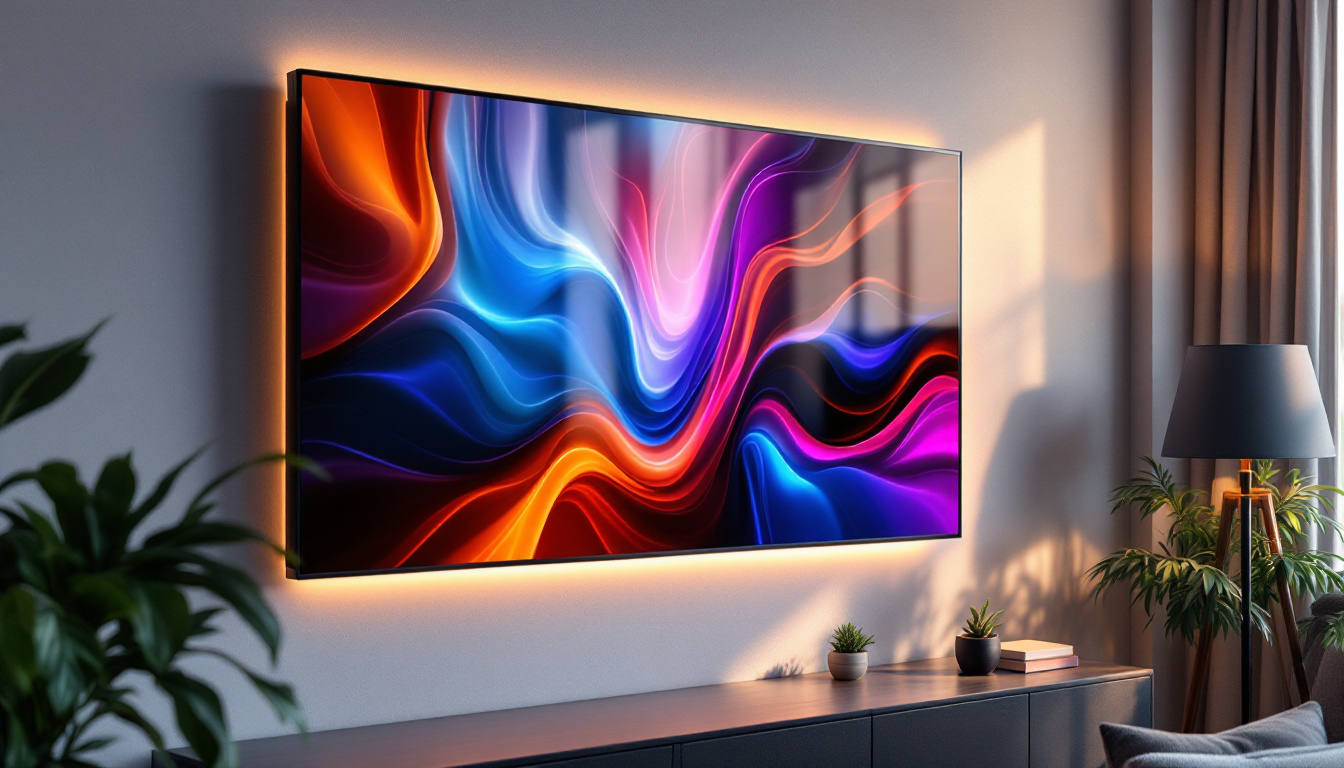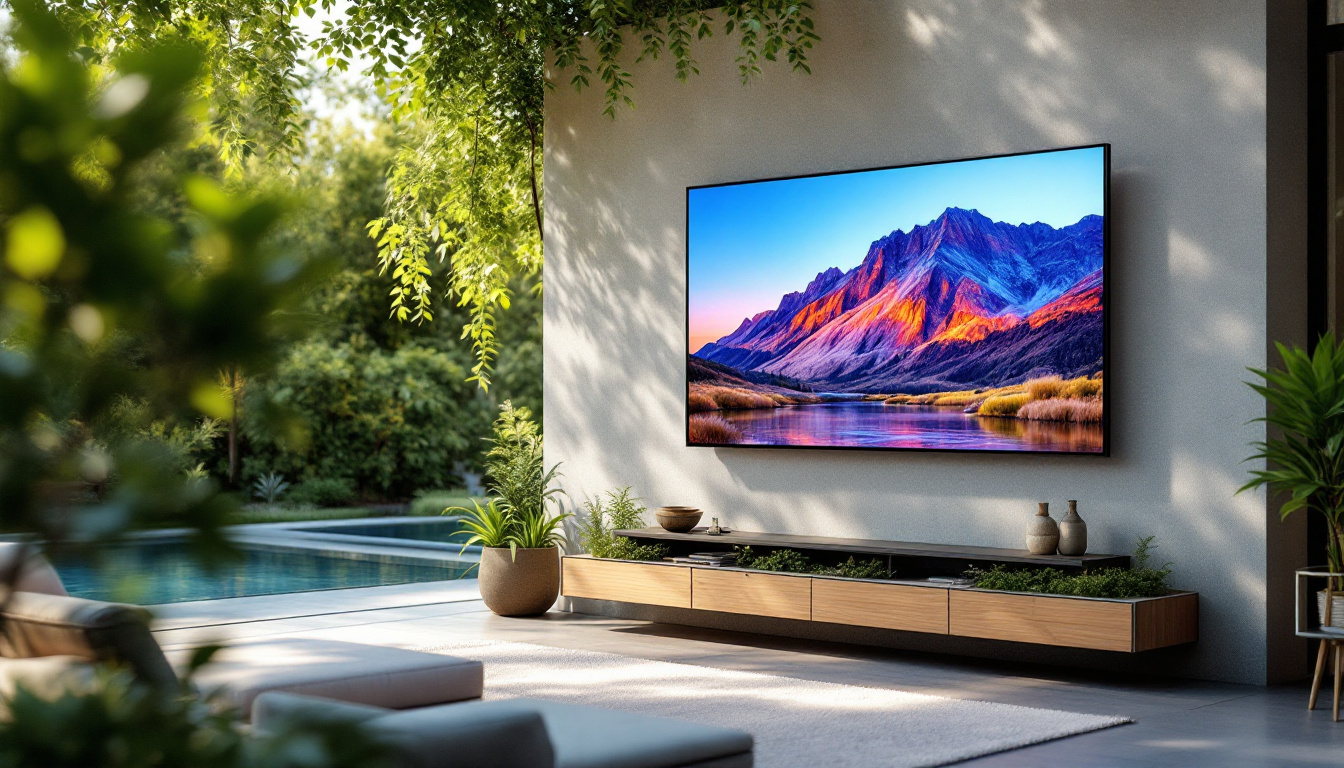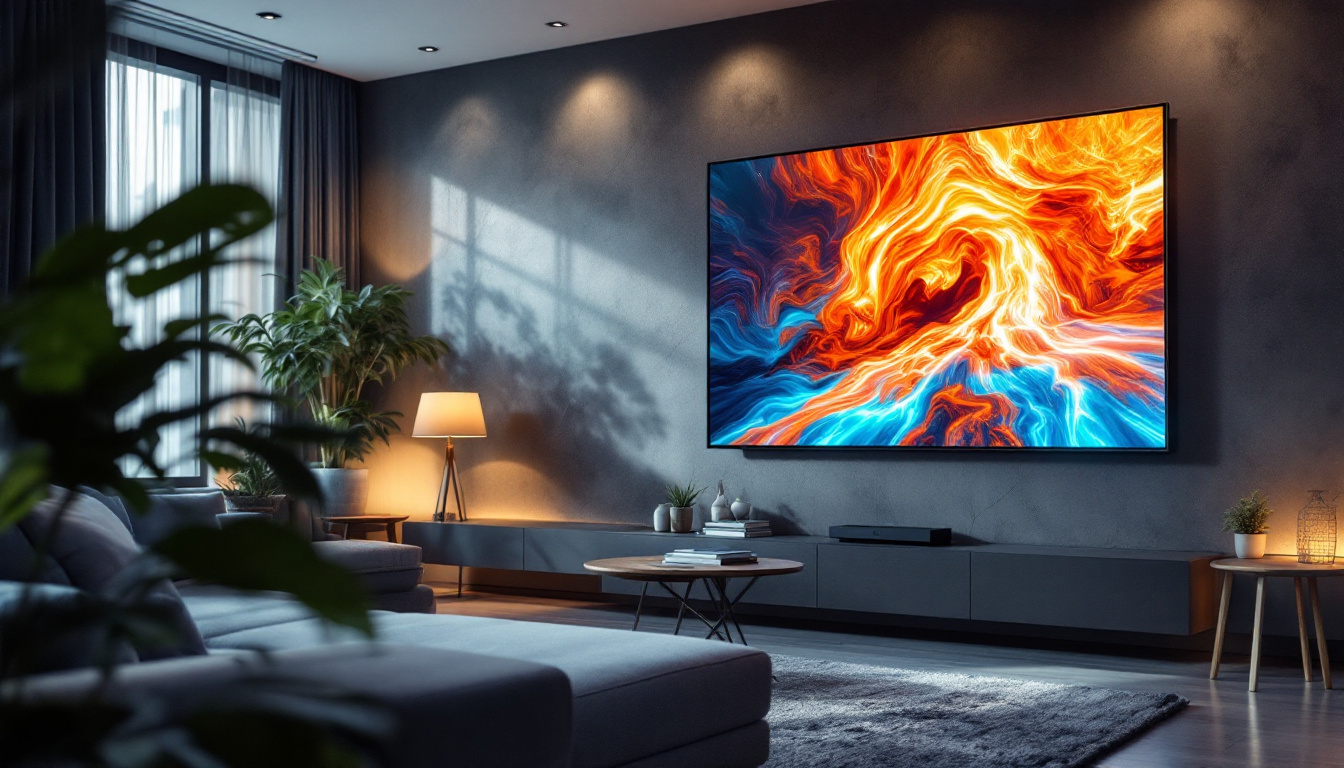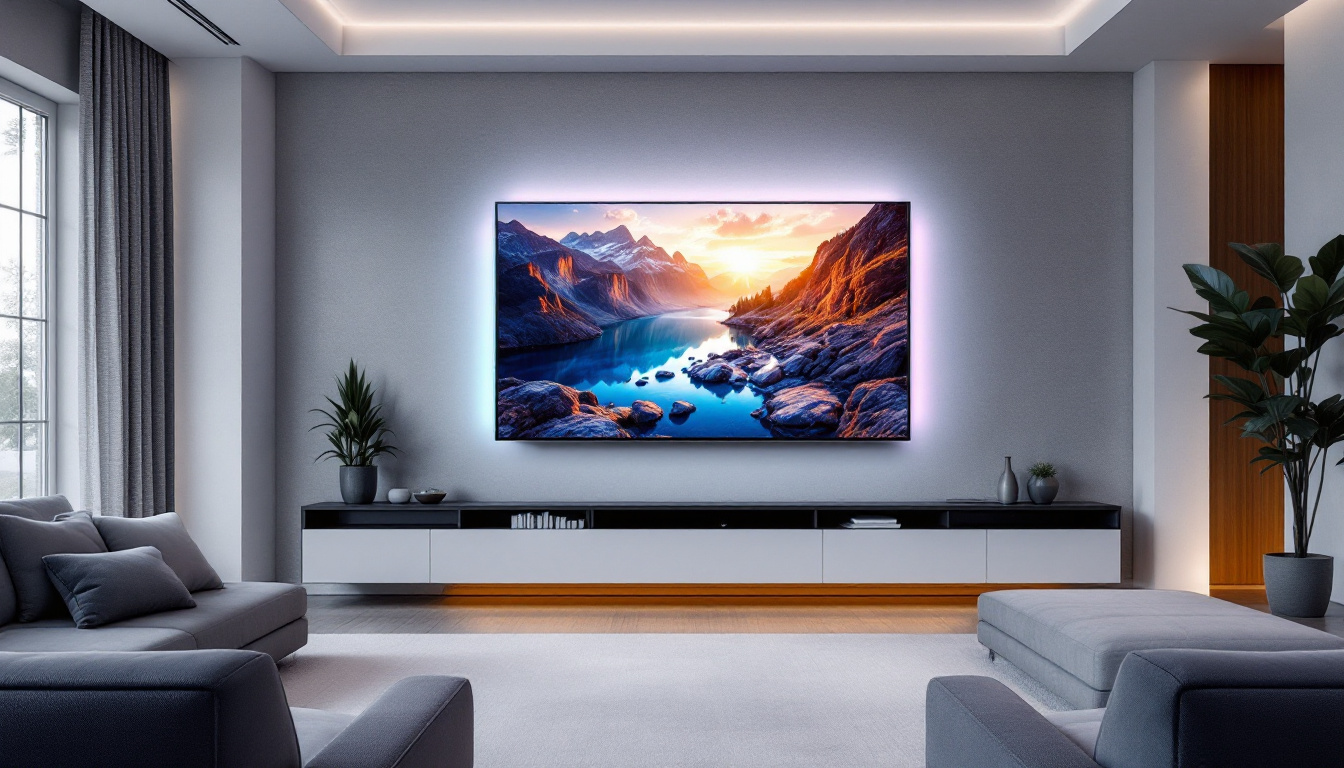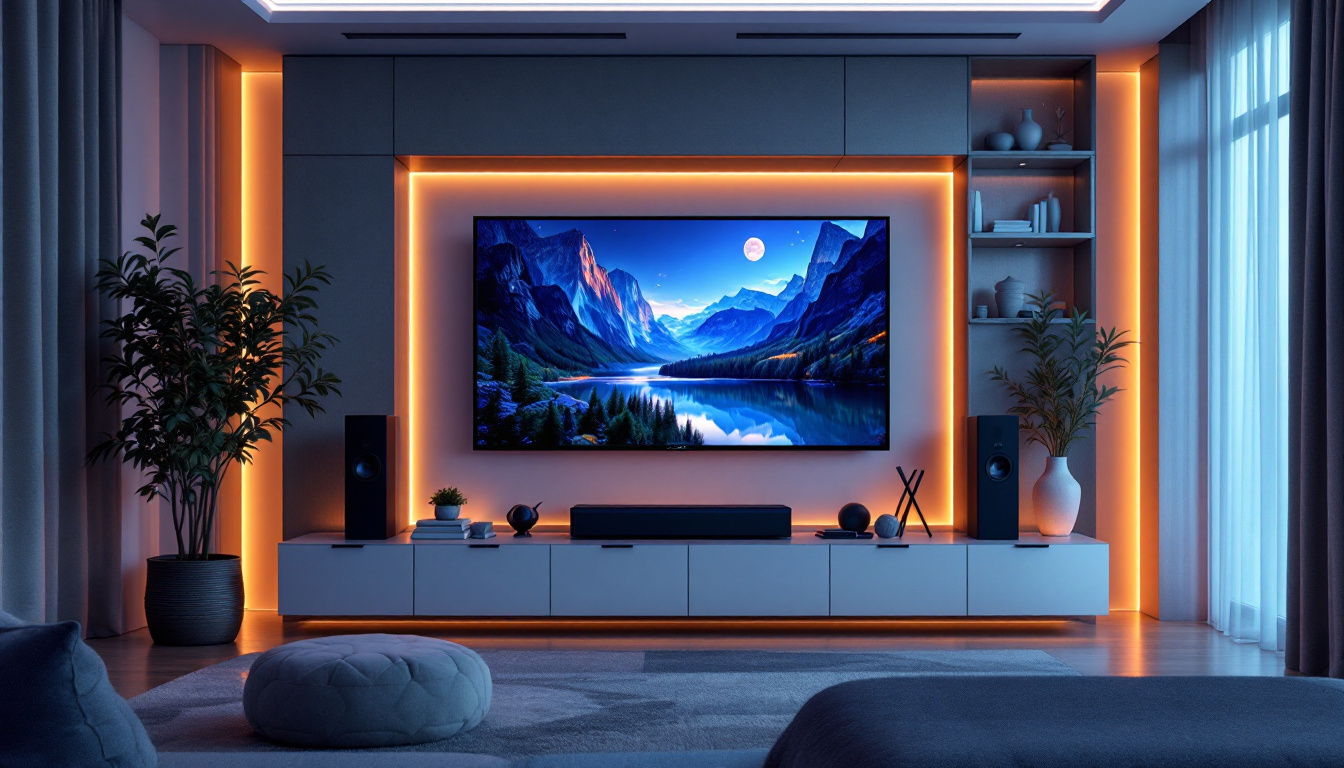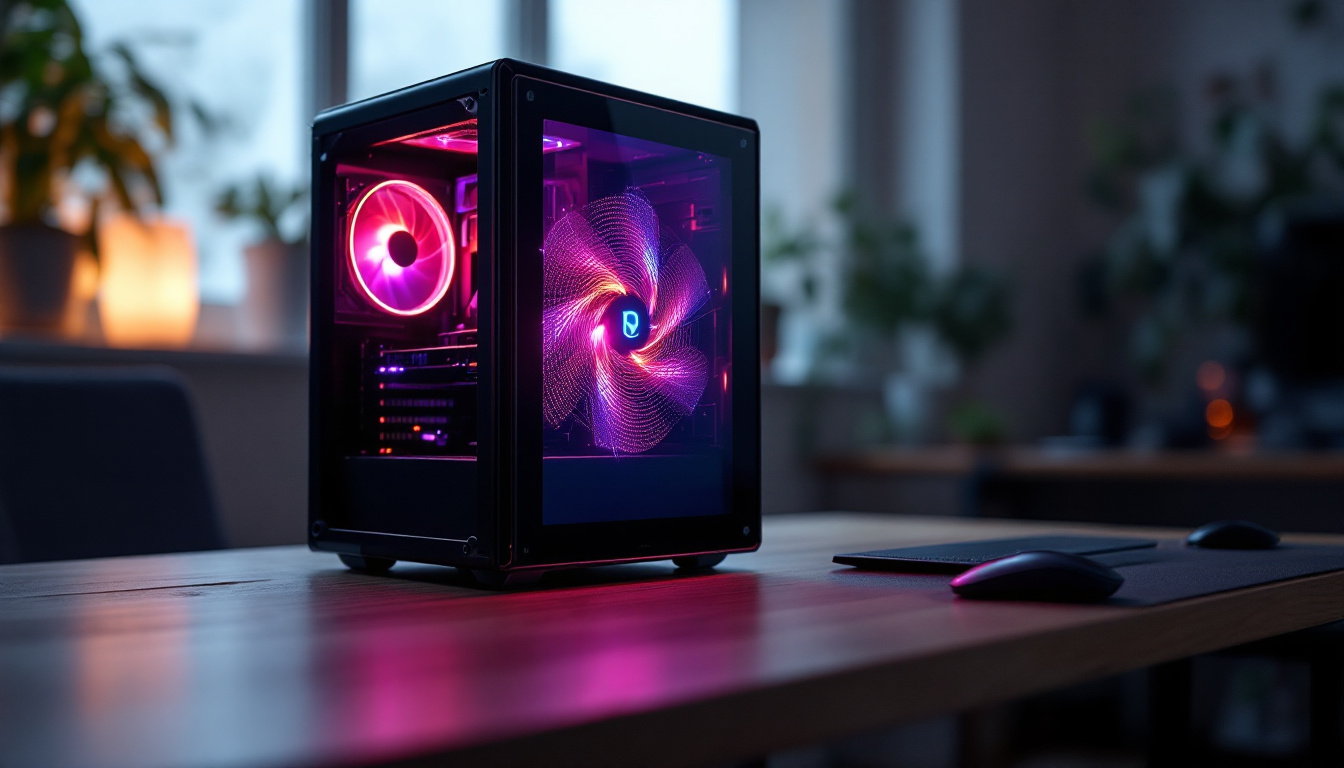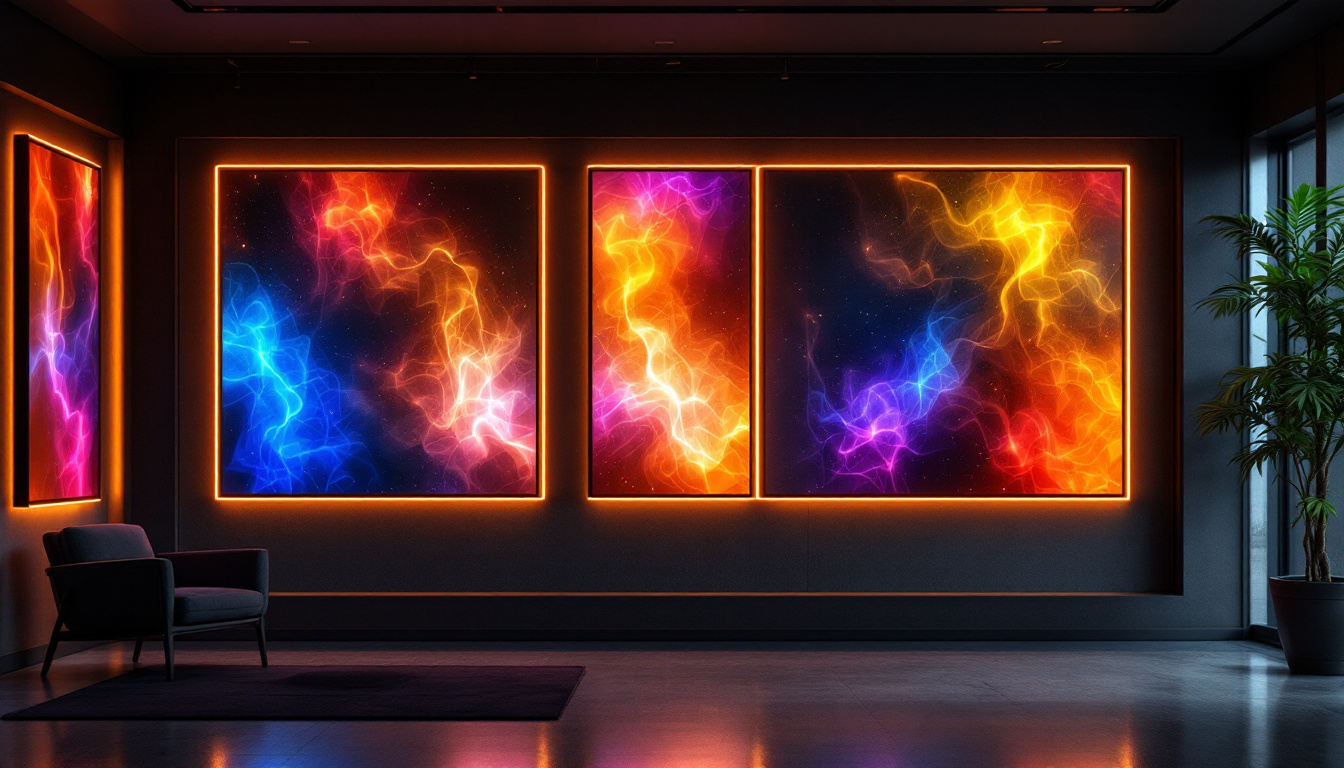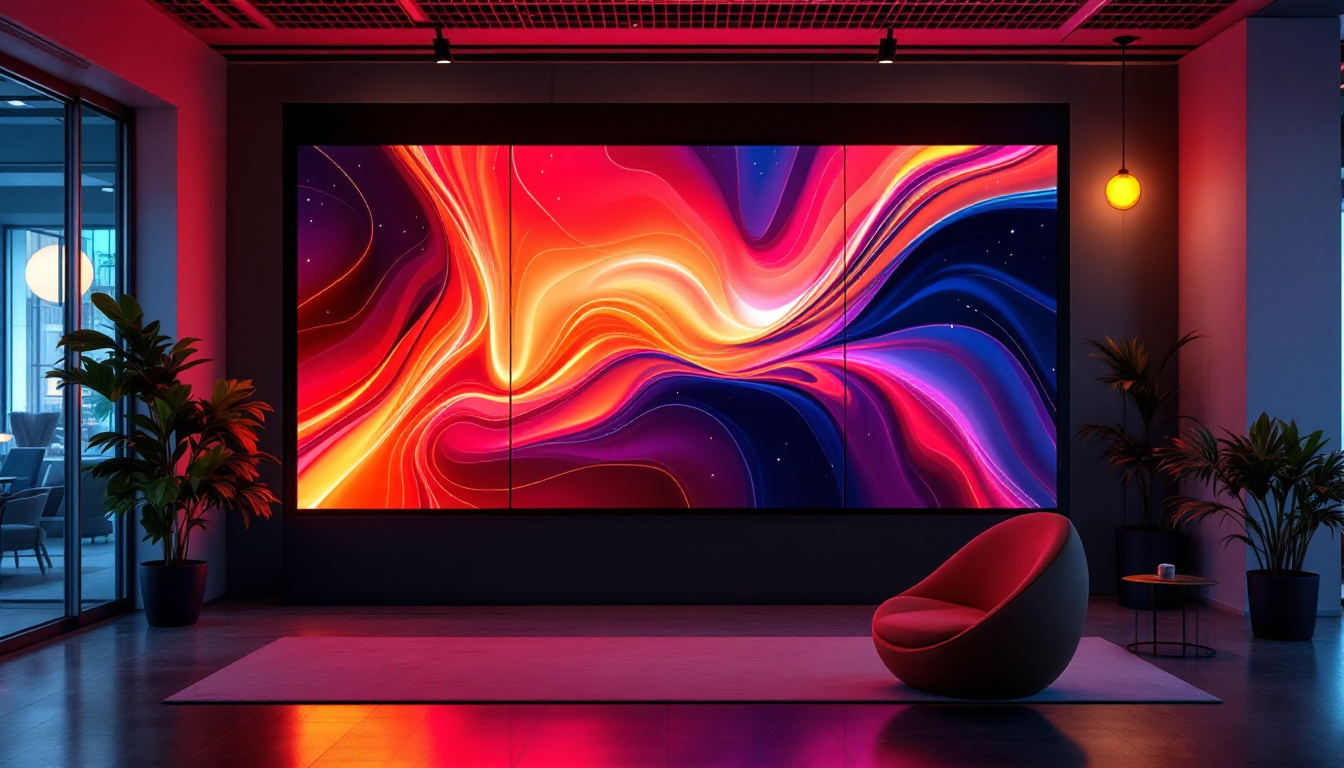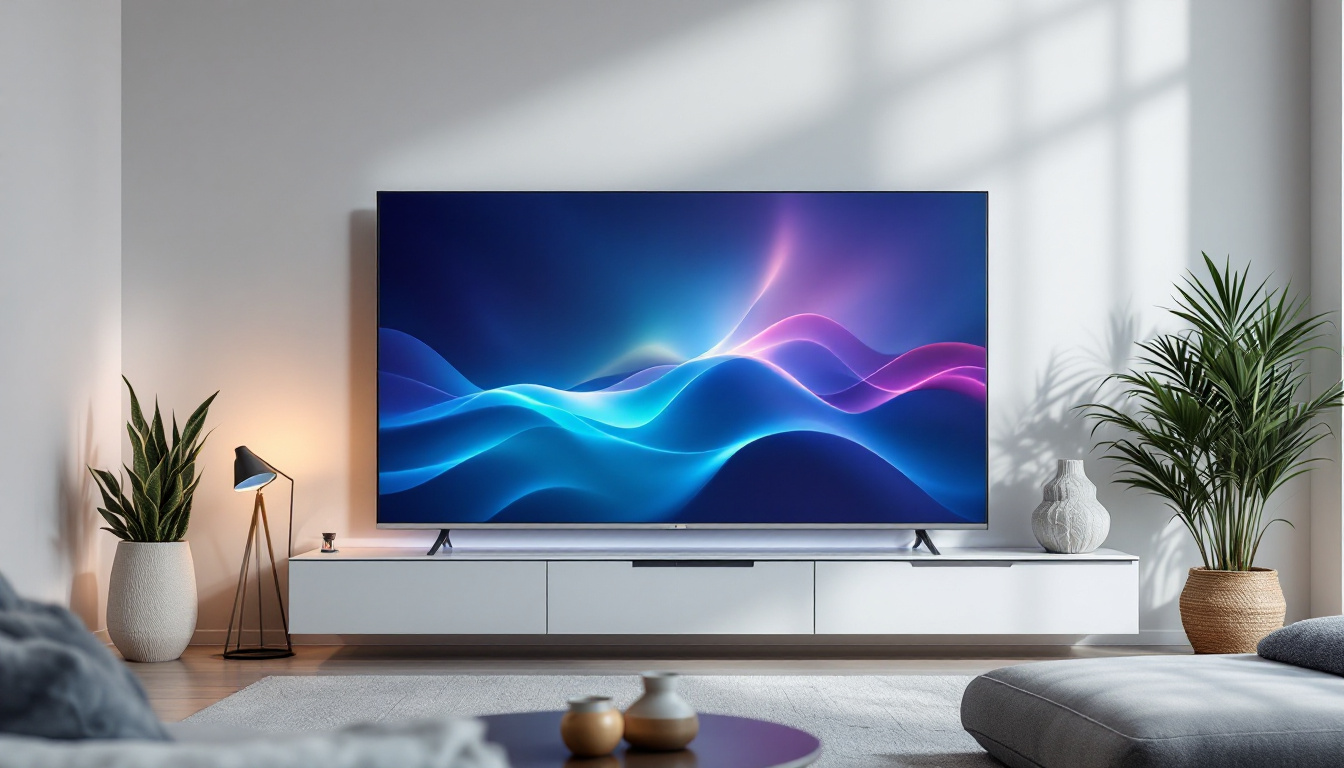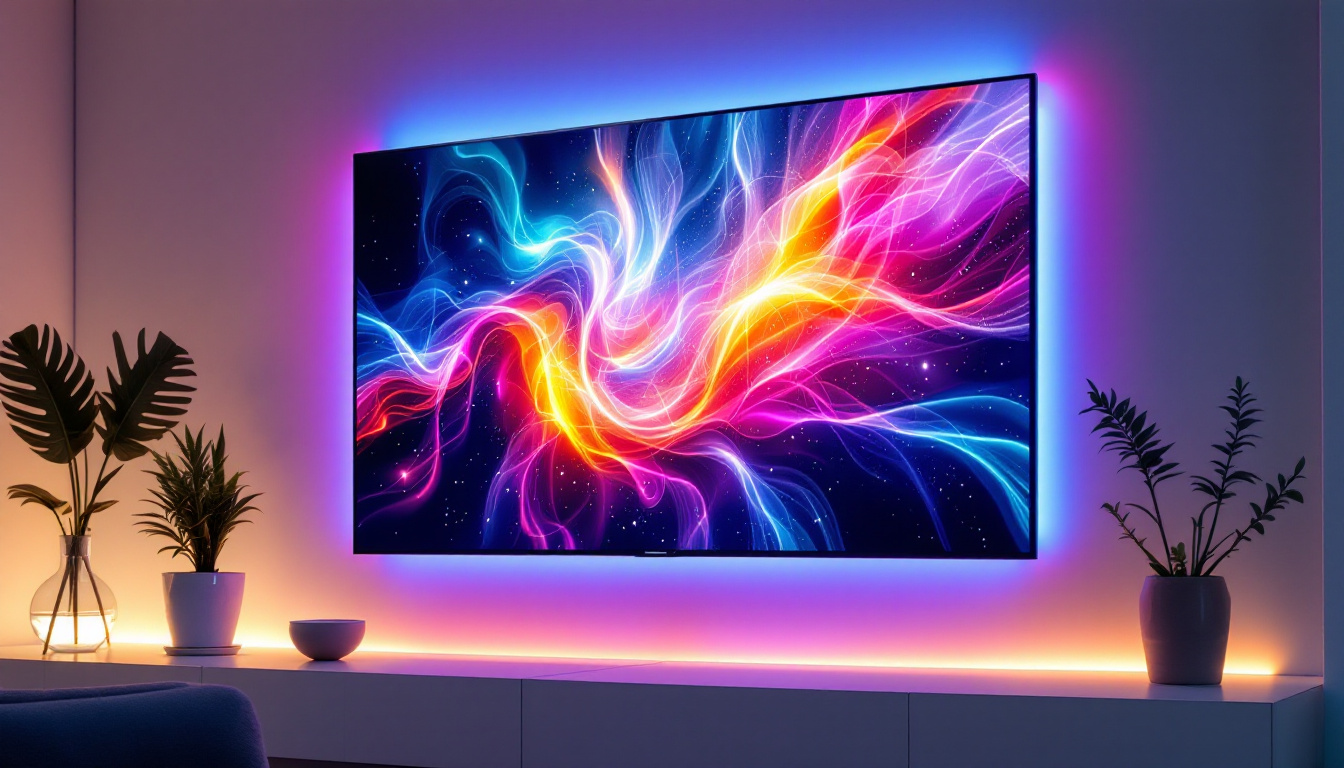In the rapidly evolving world of display technology, understanding the differences between DisplayPort versions is crucial for consumers and professionals alike. DisplayPort (DP) is a digital display interface developed by the Video Electronics Standards Association (VESA). As technology advances, newer versions of DisplayPort come with enhanced features and capabilities. This article will delve into the differences between DisplayPort 1.2 and DisplayPort 1.4, focusing on their impact on LED displays.
Understanding DisplayPort Versions
DisplayPort has undergone several iterations since its inception, each version bringing improvements in bandwidth, resolution support, and additional features. The transition from DP 1.2 to DP 1.4 is significant, as it marks a leap in the capabilities of the interface, particularly for high-resolution displays and advanced features like HDR (High Dynamic Range).
Overview of DisplayPort 1.2
Released in 2010, DisplayPort 1.2 was a game-changer in the display technology landscape. It offered a maximum bandwidth of 17.28 Gbps, allowing for higher resolutions and refresh rates. With support for 4K resolution at 60Hz, DP 1.2 became a popular choice for gamers and professionals working with high-definition content.
One of the standout features of DP 1.2 is its ability to support Multi-Stream Transport (MST). This allows multiple displays to be connected in a daisy-chain configuration, making it easier to set up multi-monitor workstations without requiring multiple output ports on the graphics card. This feature is particularly advantageous for creative professionals who rely on expansive screen real estate for tasks such as video editing, graphic design, and data analysis. The flexibility of MST enables users to create customized display setups that can enhance productivity and streamline workflows.
Overview of DisplayPort 1.4
Launched in 2016, DisplayPort 1.4 built upon the foundation laid by its predecessor. It increased the maximum bandwidth to 32.4 Gbps, which facilitated support for higher resolutions and refresh rates. Notably, DP 1.4 can handle 8K resolution at 60Hz with compression techniques, making it an attractive option for future-proofing display setups.
Additionally, DP 1.4 introduced support for Display Stream Compression (DSC), which allows for visually lossless compression of high-resolution video streams. This feature is particularly beneficial for 8K displays, where bandwidth limitations can be a concern. The ability to transmit high-quality video without noticeable degradation means that content creators and consumers alike can enjoy stunning visuals, whether they are watching movies, playing games, or working with intricate graphical applications. Moreover, DP 1.4 also supports HDR10, enabling a wider color gamut and improved contrast ratios, which enhances the overall viewing experience. This combination of high resolution, advanced compression, and HDR support positions DisplayPort 1.4 as a leading choice for cutting-edge display technology in both consumer and professional markets.
Key Differences Between DP 1.2 and DP 1.4
While both versions of DisplayPort serve similar purposes, the differences in capabilities can significantly impact user experience, especially for those utilizing high-end displays. Here are the key distinctions between DP 1.2 and DP 1.4:
Bandwidth and Resolution Support
The most notable difference between DP 1.2 and DP 1.4 is the bandwidth. DP 1.2 supports a maximum bandwidth of 17.28 Gbps, which is sufficient for 4K resolutions at 60Hz. However, DP 1.4’s increased bandwidth of 32.4 Gbps allows it to support higher resolutions, including 8K at 60Hz with DSC, and even 4K at higher refresh rates.
This increase in bandwidth is crucial for users who demand high-quality visuals, such as gamers, graphic designers, and video editors. For instance, a gamer using a high-refresh-rate 4K monitor would benefit significantly from the capabilities of DP 1.4. The ability to push higher frame rates and resolutions not only enhances the gaming experience but also reduces latency, providing a more responsive feel during intense gameplay. Additionally, for professionals working with 3D rendering or video editing, the extra bandwidth can facilitate smoother workflows and quicker render times, ultimately boosting productivity.
Support for HDR and Color Depth
High Dynamic Range (HDR) is another area where DP 1.4 outshines its predecessor. While DP 1.2 offers limited support for HDR, DP 1.4 provides full support for HDR10 and other HDR formats. This allows for a wider color gamut and improved contrast ratios, resulting in more vibrant and lifelike images.
Furthermore, DP 1.4 supports higher color depths, allowing for 10-bit color, which is essential for professional video editing and graphic design. This capability ensures that subtle color variations are accurately represented, enhancing the overall visual experience. For content creators, this means that the final output can be more true to life, with richer colors and deeper blacks, making it particularly advantageous for those working in fields such as photography and film production. The enhanced HDR support also means that viewers can enjoy a more immersive experience when watching movies or playing games that take advantage of these technologies, as the visuals can convey a greater range of detail and emotion.
Multi-Stream Transport (MST) Enhancements
Both DP 1.2 and DP 1.4 support Multi-Stream Transport (MST), enabling users to connect multiple monitors through a single output. However, DP 1.4 enhances this feature by allowing for more displays to be connected simultaneously without compromising performance.
This improvement is particularly beneficial for users who rely on multi-monitor setups for productivity or immersive gaming experiences. The ability to connect multiple high-resolution displays without significant loss in performance is a key advantage of DP 1.4. For example, a stock trader or a software developer can benefit from having several screens displaying different data streams, allowing for better multitasking and more efficient workflow. Moreover, gamers can create an expansive field of view by utilizing multiple monitors, enhancing the immersive experience of gameplay. The seamless integration of multiple displays can also be a game-changer for presentations or collaborative work environments, where sharing information visually is crucial for effective communication.
Real-World Applications of DP 1.2 and DP 1.4
Understanding the technical differences between DisplayPort versions is essential, but how do these differences translate into real-world applications? Here are some scenarios where the choice between DP 1.2 and DP 1.4 can make a significant impact:
Gaming
For gamers, the choice between DP 1.2 and DP 1.4 can greatly affect the gaming experience. DP 1.4’s ability to support higher resolutions and refresh rates means smoother gameplay and more detailed graphics. Gamers using high-refresh-rate monitors will find that DP 1.4 can deliver the performance needed to take full advantage of their hardware.
Moreover, the support for HDR in DP 1.4 enhances the visual quality of games, providing richer colors and better contrast, which can be particularly immersive in visually stunning titles. The increased bandwidth also allows for more intricate graphical details, such as improved textures and lighting effects, which can elevate the overall gaming experience. Additionally, features like variable refresh rate (VRR) support in DP 1.4 reduce screen tearing and stuttering, making gameplay not only more visually appealing but also more fluid and responsive.
Professional Content Creation
For professionals working in video editing, graphic design, or any field that requires high-quality visuals, DP 1.4 is the clear choice. The increased bandwidth, support for HDR, and higher color depths make it ideal for accurately editing high-resolution content.
With DP 1.4, creators can work with 8K footage and ensure that their displays accurately represent the final output. This capability is crucial for maintaining color accuracy and detail in professional projects. Furthermore, the enhanced audio capabilities of DP 1.4 allow for multi-channel audio formats, which is beneficial for sound designers and video editors who need to synchronize high-quality audio with their visual content. The ability to connect multiple high-resolution monitors through a single DP 1.4 connection also streamlines workflows, enabling professionals to multitask more efficiently with expansive digital workspaces.
Home Theater Systems
In the realm of home theater systems, the differences between DP 1.2 and DP 1.4 can affect the overall viewing experience. DP 1.4’s support for 8K resolution and HDR makes it a superior choice for users looking to create a cinematic experience at home.
As more content becomes available in 8K and HDR formats, having a display interface that can handle these advancements ensures that users can enjoy the best possible picture quality without limitations. Additionally, the enhanced audio return channel (eARC) support in DP 1.4 allows for high-quality audio formats like Dolby Atmos to be transmitted alongside video, providing an immersive sound experience that complements the stunning visuals. This synergy between high-definition video and audio is essential for home theater enthusiasts who seek to replicate the cinema experience in their living rooms. Furthermore, as streaming services continue to adopt higher resolutions and dynamic range technologies, investing in DP 1.4 can future-proof home entertainment setups against evolving media standards.
Future-Proofing with DisplayPort 1.4
As technology continues to advance, future-proofing becomes increasingly important for consumers and professionals alike. Choosing the right display interface can significantly impact the longevity and performance of a display setup.
Adapting to New Technologies
With the rise of 8K displays and HDR content, DisplayPort 1.4 is better equipped to handle these emerging technologies. Investing in DP 1.4 ensures compatibility with future devices and content, allowing users to take full advantage of advancements in display technology.
Furthermore, as more graphics cards and monitors adopt DP 1.4, users will find it easier to upgrade their systems without worrying about compatibility issues. This adaptability is essential for maintaining a cutting-edge setup.
Cost Considerations
While DP 1.4 offers numerous advantages, it’s essential to consider the cost implications. Monitors and graphics cards that support DP 1.4 may come at a premium compared to their DP 1.2 counterparts. However, the long-term benefits of investing in newer technology often outweigh the initial costs.
For users who prioritize performance and future-proofing, the investment in DP 1.4 can lead to a more satisfying and versatile display experience.
Conclusion
In summary, the differences between DisplayPort 1.2 and DisplayPort 1.4 are substantial, particularly in terms of bandwidth, resolution support, HDR capabilities, and MST enhancements. For gamers, content creators, and home theater enthusiasts, the choice between these two versions can significantly impact the overall experience.
As technology continues to evolve, opting for DisplayPort 1.4 not only provides access to the latest features but also ensures compatibility with future advancements. While the initial investment may be higher, the long-term benefits of improved performance and versatility make it a wise choice for anyone serious about their display setup.
Ultimately, understanding these differences empowers consumers to make informed decisions, ensuring that their display technology meets their needs both now and in the future.
Explore Cutting-Edge LED Display Solutions with LumenMatrix
As you consider upgrading your display technology to meet the demands of today’s high-resolution content, let LumenMatrix guide you to the perfect solution. With our commitment to innovation in LED display modules, we offer a wide range of products designed to bring your visual communication to life. From vibrant Indoor and Outdoor LED Wall Displays to dynamic Vehicle and Sports LED Displays, our solutions are tailored to captivate your audience and amplify your message. Experience the future of display technology and check out LumenMatrix LED Display Solutions today to transform your space with unparalleled clarity and impact.

